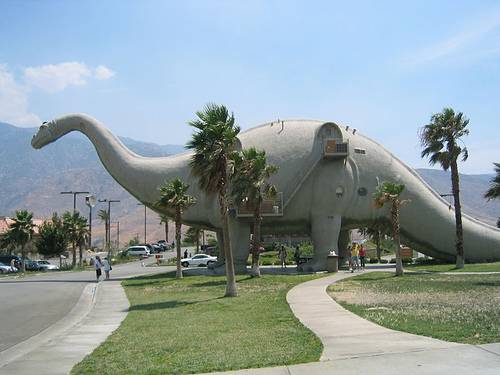
The following story of the Paris Commune was vouched for by an English spectator: “As several Versaillese were being led away to be shot, one man in the crowd that accompanied them to see the shooting made himself conspicuous by taunting and reviling the prisoners. ‘There, confound you,’ said one of the prisoners at last, ‘don’t you try to get out of it by edging off into the crowd and pretending you are one of them. Come back here; the game is up; let us all die together;’ and the crowd was so persuaded that the communard’s vehemence was only assumed to cloak his escape that he was marched into file with the prisoners and duly shot.”
— Charles Bombaugh, Facts and Fancies for the Curious From the Harvest-Fields of Literature, 1905



